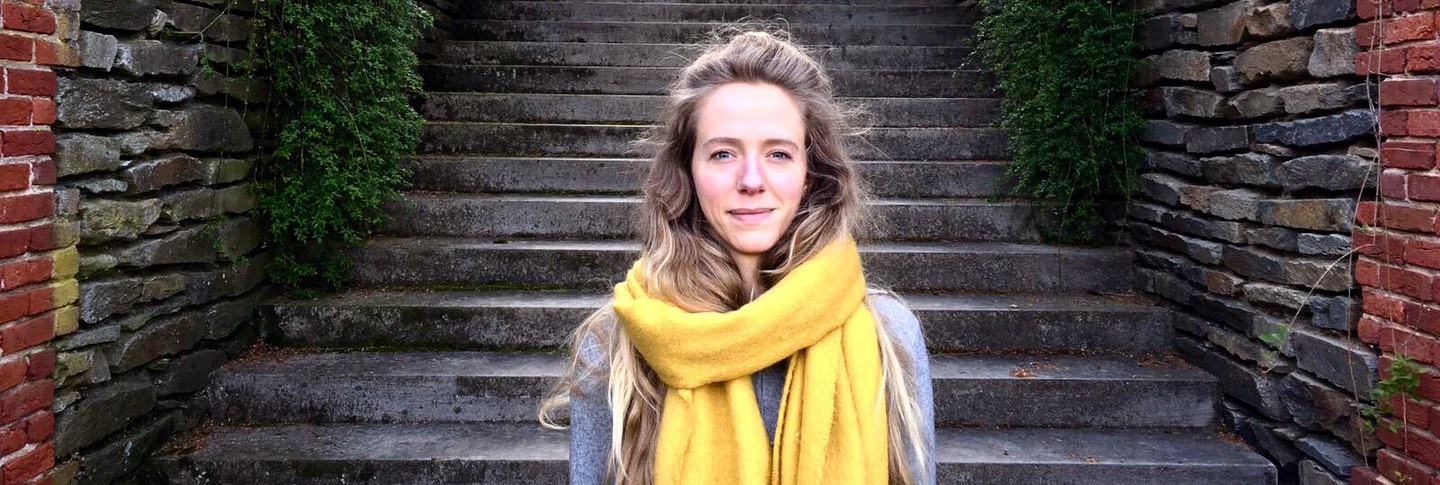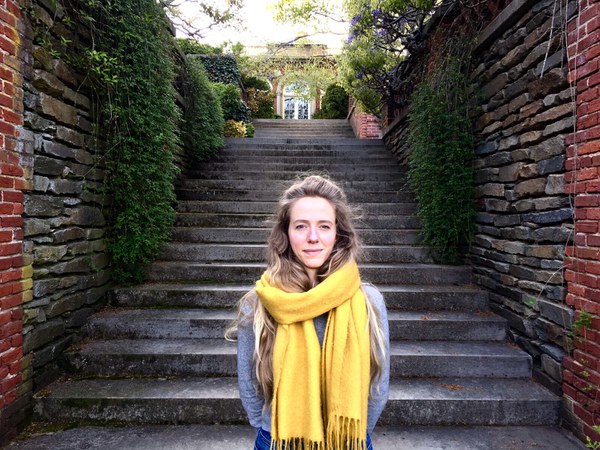Thalia Allington-Wood, a PhD candidate in art history at University College London, is a fellow in Garden and Landscape Studies at Dumbarton Oaks. Her recent research report, “Garden Politics: Italian Renaissance Gardens in Postwar Italy,” focused on the Sacro Bosco of Bomarzo, an Italian Renaissance garden that largely went unstudied until the postwar period.
Q&A with Thalia Allington-Wood
What was the fascist regime’s ideal of the Renaissance Italian garden, and how did scholars help develop it?
When Mussolini came to power in 1922, his government started working to create a unified Italian identity. For the majority of its history, Italy had been comprised of city states, which resulted in very regional identities, practices, and aesthetics. A propaganda campaign set in motion by Mussolini sought to change this by asserting a shared “Italian” cultural heritage along nationalist lines. The idea was, if we’re going to have a successful fascist government, there needs to be a sense of unified community and history across this huge expanse of land.
As part of the campaign, certain aesthetic ideals and historical periods were highlighted and appropriated, namely ancient Rome and then, as a period of classical revival, the Renaissance. As far as Italian gardens were concerned, fascist-leaning intellectuals like Luigi Dami and Ugo Ojetti invested in this notion, developing an Italian garden trope in publications and through their involvement in larger projects, like the Italian Garden Exhibition held in Florence in 1931. As they saw it, the Italian garden was a space that was fundamentally architectural, classically inspired, and geometrically ordered, one in which man was seen to dominate nature—imagine tall straight promenades, box hedges, evergreen trees, and lots of stonework. In fact, many of their ideas came out of ideals that Anglo-American scholars had been projecting onto Italian gardens earlier in the century—not that this was openly acknowledged, of course.
Talk about the narrative of surrealism that eventually came to surround the garden.
My project looks at how the Sacro Bosco was rediscovered and how it became important in the postwar period. It’s fascinating to think about how the historiography of Italian Renaissance gardens is tied to 20th-century politics, because Bomarzo doesn’t fit the garden model that was promoted under fascism—in fact, there’s evidence it was actively omitted from the garden canon during this period. By the late 1940s, there was space for overlooked sites like Bomarzo to step into the limelight, but there was no language to describe, understand, and categorize them. This is where the narrative of surrealism comes in.
The first piece of postwar media I’ve found that references the Sacro Bosco is a newsreel broadcast in November 1948. In the film, Bomarzo is presented under the auspices of Salvador Dalí and his surrealist artworks; it’s described as part of “the world of the surreal.” And that’s interesting, because surrealism is all about the exploration of the uncontrolled unconscious, so this association pits the Sacro Bosco against the ordered, controlled gardens of Dami and Ojetti. Surrealism, as an avant-garde movement, is also distinctly international. If fascism sought to close down cultural borders and look inward, here Italian garden practice is being given a global outlook.
You also discussed a documentary of the garden by Michelangelo Antonioni. How does that depiction differ?
Rather than the international fame that Dalí lends the site, Antonioni is concerned with it as a regional expression. His film, which is a ten-minute documentary from 1950 that was probably a commissioned work, engages in neo-realist practice by putting emphasis on the landscape around Bomarzo, the topography of the site, the roughness of the sculptures—it very much positions the viewer in the garden, alongside a local farmer who works the land around the statues. It’s striking because, compared to the fascist idea of a unified national garden type, this depiction is a reclaiming of the sense of localized identities, garden sites, and artistic practices. What my project is trying to highlight is how presentations of the Sacro Bosco from this postwar moment expanded the boundaries of Italian garden culture and its references to accommodate new and different ideas. Regionalism, disorder, wild imagination, and parallels with international modern art movements all become part of the conversation.

